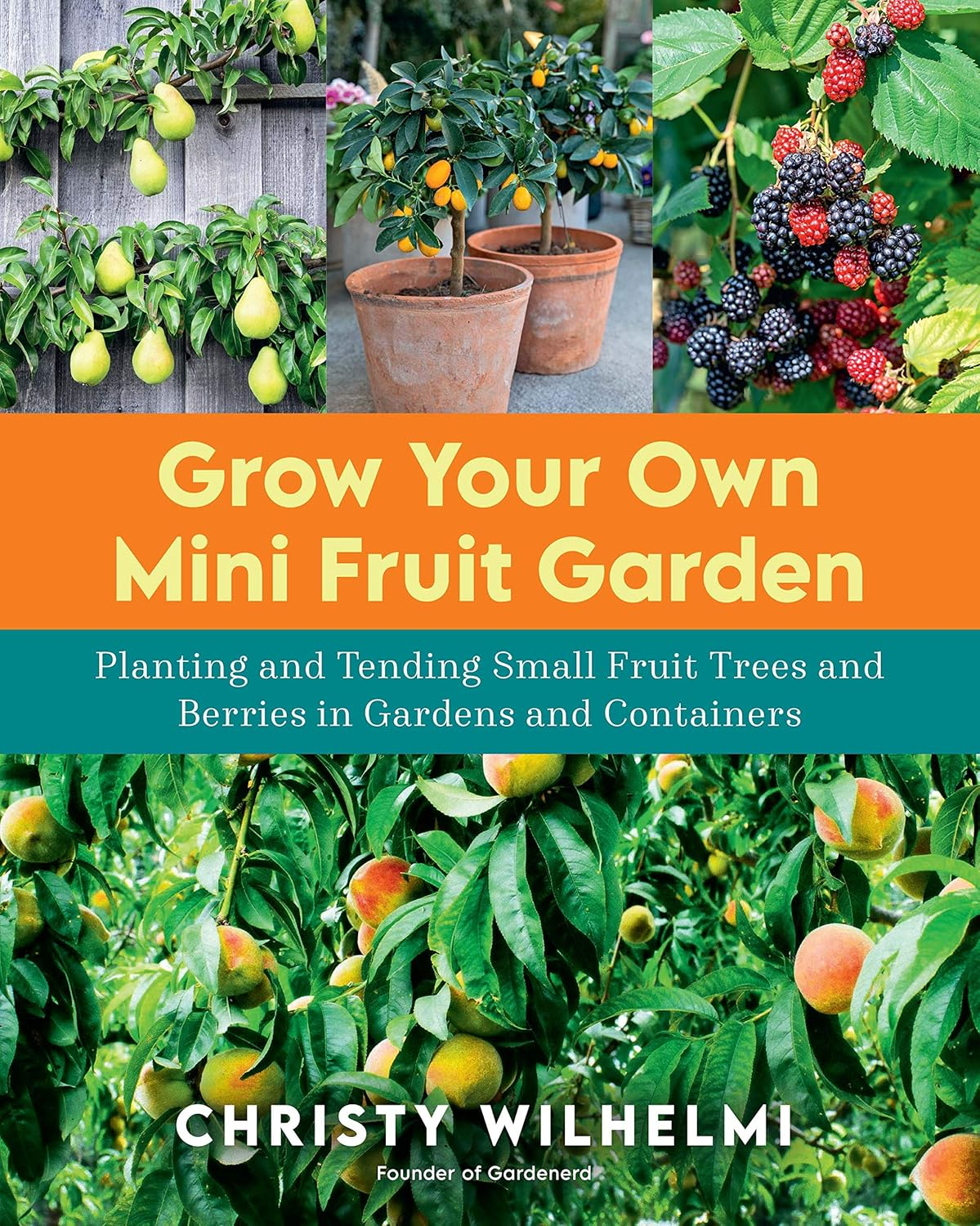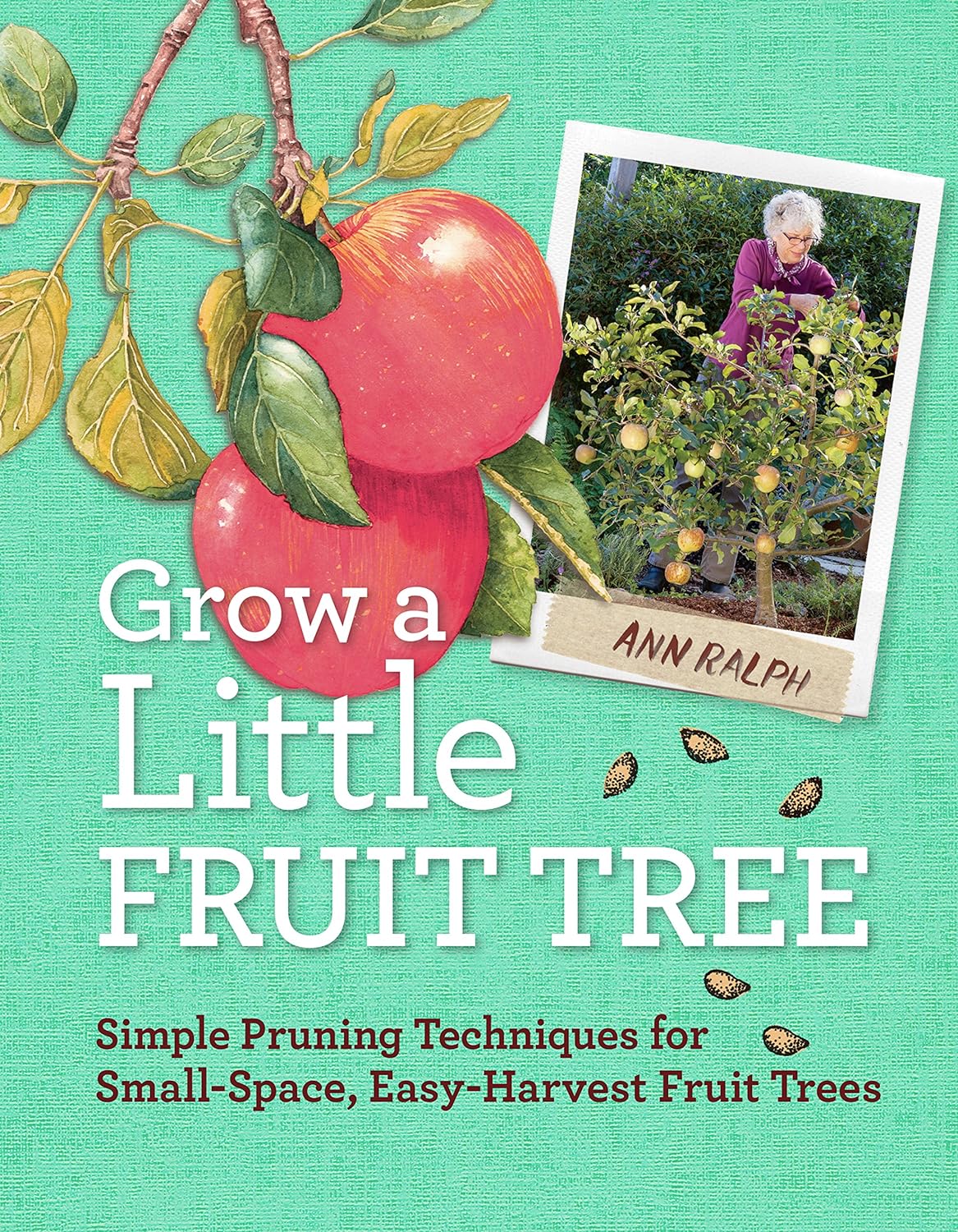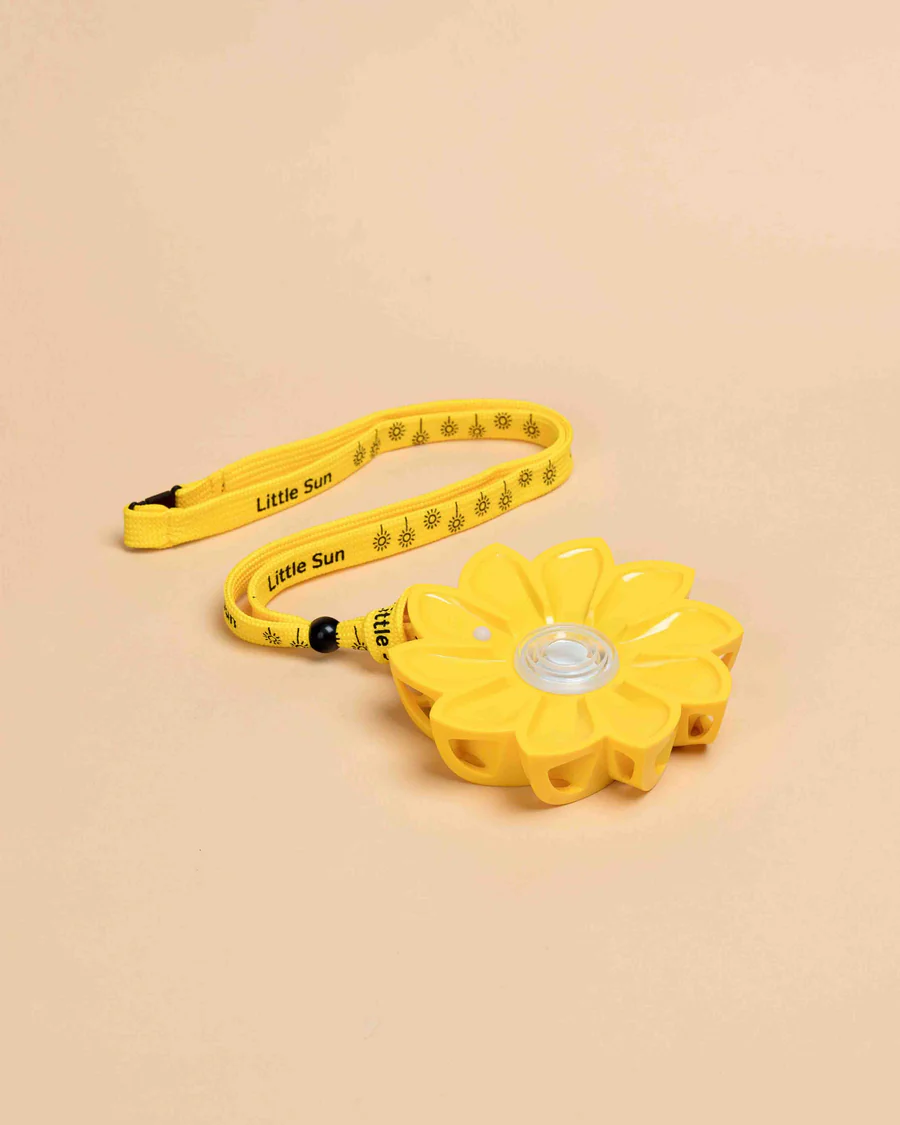How to Grow Your Own Organic Fruit Trees

No matter how small or large your outdoor space, keen gardeners may wish to have a go at growing organic fruit trees (there are dwarf varieties available, to suit small spaces). Once you learn this craft, you can harvest fresh tasty organic fruits, straight from your garden. How good is that?
Grow Your Own Mini Fruit Garden shows how to grow mini fruit trees, bushes, vines and plants, in this book of small-space fruit growing. Turn your urban yard into a fruit factory. There are tips on edible container fruit gardens, and how to grow fruit trees in small spaces. And learn how to maintain your fruits, for years of harvesting.
Learn how to create pet-friendly gardens and wildlife-friendly gardens (use fruit protection bags over netting). Also learn how to stop birds flying into windows.
Keep fruit pips/seeds away from animals as they contain natural cyanide, and use humane slug/snail deterrents).
The author empowers people to grow their own food, one garden at a time. Growing up to 80% of her own produce in a garden less than 300 square feet, she also runs organic gardening classes for small spaces in California, and gardens almost entirely with heirloom produce.
Grow & Prune Small-Space Fruit Trees

Grow a Little Fruit Tree is another book on growing trees, this time by an expert pruner, who shows how to grow the smallest apple, plum, pear, apricot, peach, cherry and peach trees. These trees are easy to maintain.
To avoid pruning thorn accidents, get a pair of gardening gloves (made from organic cotton and fairly-traded rubber).
Tips for Growing Organic Fruit Trees
The most popular fruit trees to grow in England are apples, pears and plums. Cherry trees are nice, but may take years to harvest. For organic growing, choose disease-resistant varieties.
- Always consider your space, before buying fruit trees. Choose dwarf varieties for small gardens, and consider creative solutions like vertical gardening against sunny walls. Remember that tree roots can expand, so be aware of that, near house foundations. And that they don’t obscure window views, to confuse birds who may fly into windows (see above).
- Good soil equals good fruit trees! Most fruit trees thrive in rich well-drained soil. You can buy kits at garden centres to test for PH (most fruit trees like slightly acidic soil at 6 to 6.5 PH). You can add organic compost or well-rotted manure to boost soil fertility.
- Young fruit trees will need regular watering, especially in dry spells. Soak the soil thoroughly after planting, then soak the soil twice a week. Don’t leave watering cans around, as creatures could drown if they fall in). This watering can includes a little ‘frog ladder’ to help small creatures escape, if they did fall in accidentally.
- Prune trees in late winter or early spring, while they are dormant. Removing dead or crossing branches (and thinning out excess growth) can allow sunlight and air to penetrate the canopy.
- Fruits are ripe when they slightly soften and change colour (apples and pears will come off the branch easily, and berries should be bright and sweet).
- Learn how to store your garden produce, so you can know how to dehydrate, freeze, ferment and pickle your fruits, for turning into homemade chutney or anything else!






